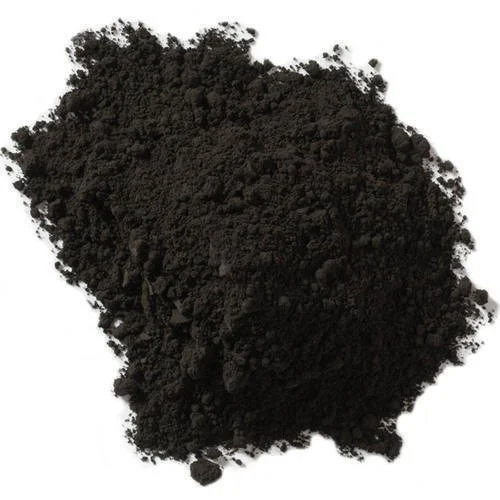Black oxide or blackening is a conversion coating for ferrous materials, stainless steel, copper and copper based alloys, zinc, powdered metals, and silver solder. It is used to add mild corrosion resistance, for appearance, and to minimize light reflection. To achieve maximal corrosion resistance the black oxide must be impregnated with oil or wax. One of its advantages over other coatings is its minimal buildup.
A standard black oxide is magnetite (Fe3O4), which is more mechanically stable on the surface and provides better corrosion protection than red oxide (rust) Fe2O3. Modern industrial approaches to forming black oxide include the hot and mid-temperature processes described below. Traditional methods are described in the article on bluing. They are of interest historically, and are also useful for hobbyists to form black oxide safely with little equipment and without toxic chemicals.
Low temperature oxide, also described below, is not a conversion coating—the low-temperature process does not oxidize the iron, but deposits a copper selenium compound.




